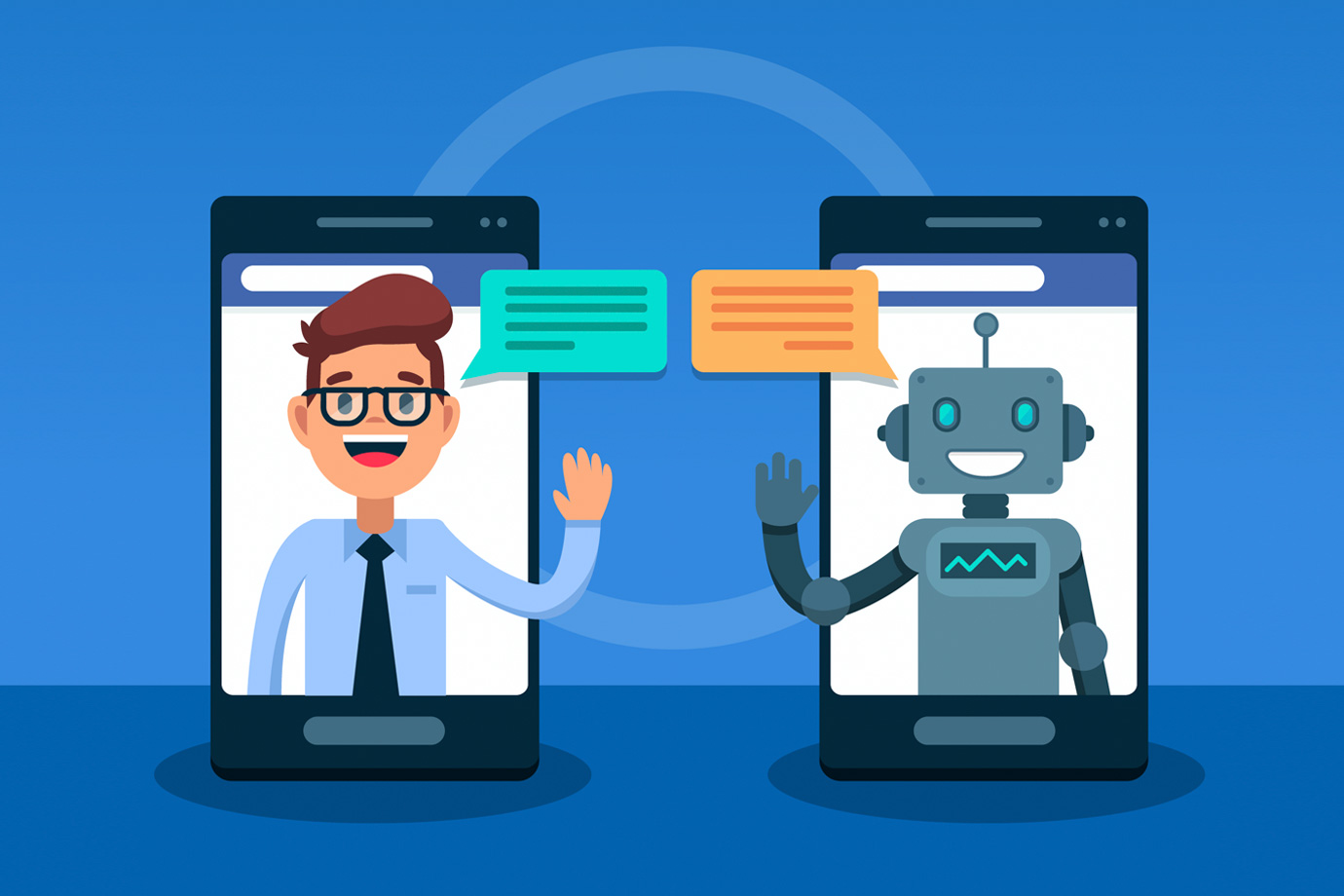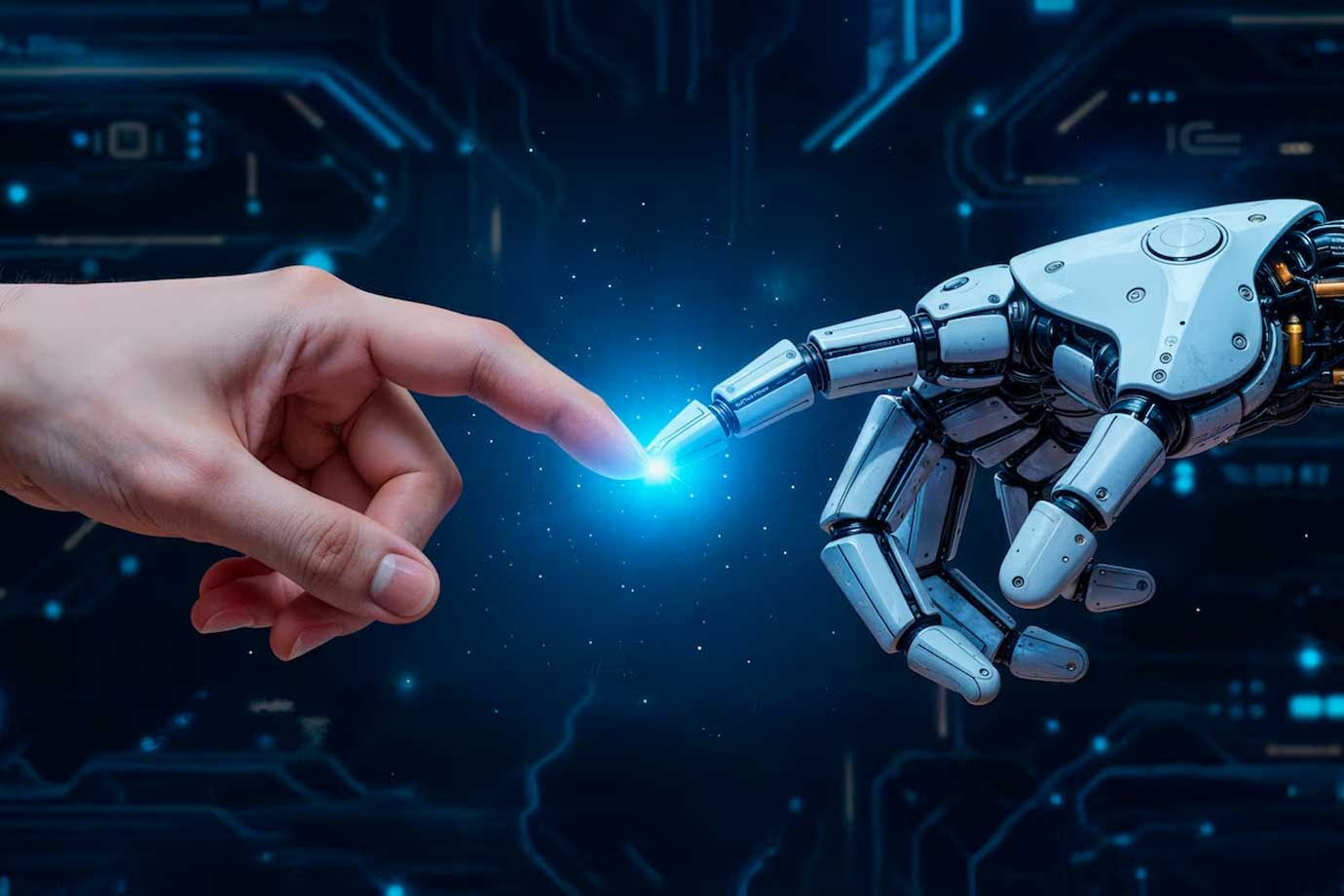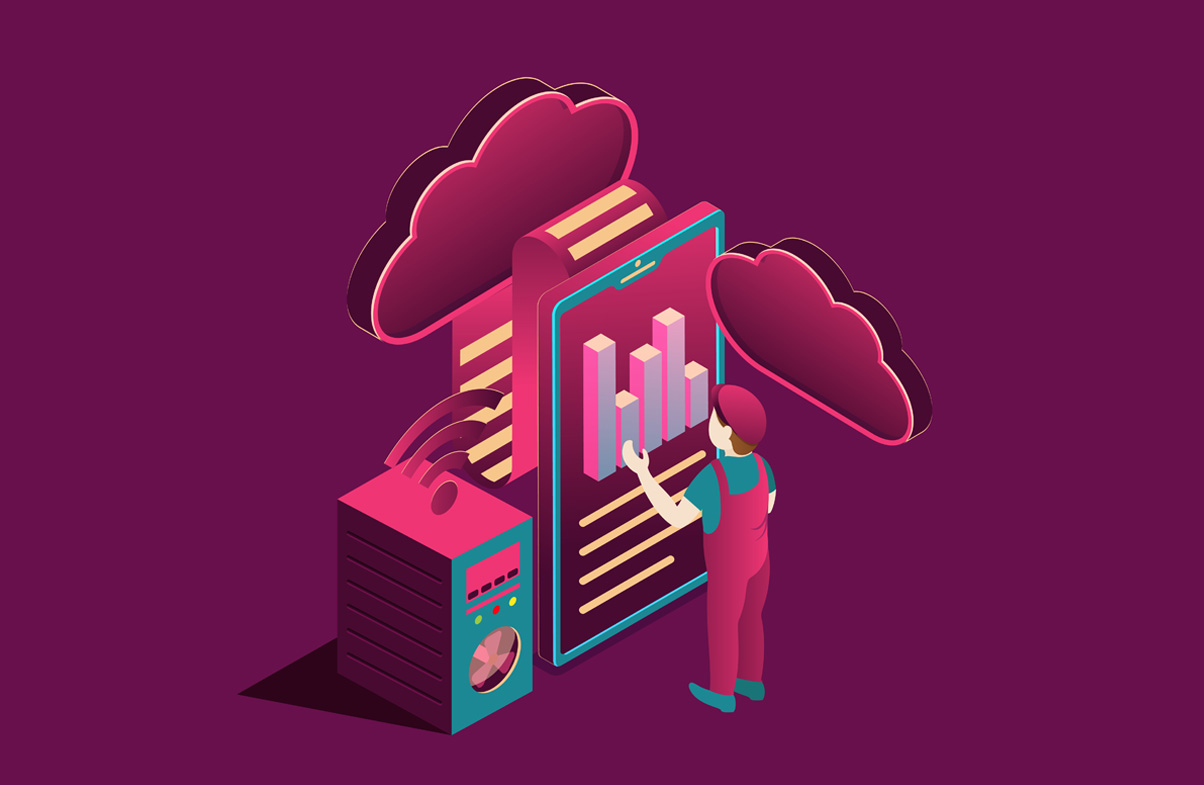AI Chatbots vs. Human Support in Customer Service: Striking the Right Balance for Your Business

27 Aug 2025
We live in an era in which customers have shifted expectations considerably. Customers expect fast responses and to be provided with customized experiences 24/7, so businesses are pressed to fulfil those expectations. This demand has led to a surge in AI-powered chatbots revolutionizing the way companies handle customer interactions.
But there’s a dilemma: Can automation ever truly replace the human touch? Although AI chatbots are a promise of both efficiency and cost-saving, they cannot replace the role of human agents in empathizing and solving complex problems. The discussion here is neither/nor, but the right balance.
In this blog, we’ll break down the strengths and limitations of both AI chatbots and human support, explore when to use each, and show why a hybrid approach might be the future of customer service.
1. What Are AI Chatbots and Human Support?
Before comparing the two, let’s define what each brings to the table.
AI Chatbots
AI chatbots are software applications powered by artificial intelligence (AI), machine learning (ML), and natural language processing (NLP) that can simulate human-like conversations. They:
- Operate 24/7, ensuring no customer query goes unanswered.
- Handle routine tasks like FAQs, order tracking, or appointment scheduling.
- Continuously improve by learning from interactions, enabling data-driven personalization.
Human Support
Human support refers to real customer service representatives who provide:
- Empathy and emotional understanding in interactions.
- Critical thinking for resolving complex, unique issues.
- The ability to build long-term relationships through trust and personalized service.
2. Benefits of AI Chatbots in Customer Service
AI chatbots have transformed how businesses interact with customers, offering significant advantages:
a. Cost-Effectiveness: Chatbots establish minimal operational expenses by processing enormous volumes of low-time-consuming questions, without further staffing requirements.
b. 24/7 Availability: Chatbots do not get tired and work around the clock, offering immediate replies incorporating time zones that are critical to global enterprises, unlike human agents subject to shifts.
c. Quick Response Times: Automatic responses eliminate the waiting time of customers, which improves their satisfaction. In businesses such as e-Commerce or SaaS, a fast response can actually have an impact on a purchase.
d. Scalability During Peak Hours: Chatbots can handle seasonal traffic or increased traffic caused by the launch of new products efficiently without any additional overhead.
e. Data-Driven Personalization: By analyzing customer data in real-time, AI chatbots can offer tailored recommendations, upsell opportunities, and contextually relevant responses.
3. Limitations of AI Chatbots
Despite their benefits, chatbots have limitations:
a. Lack of Deep Empathy: Although chatbots simulate a polite dialogue, they do not have the ability to understand the real emotional intelligence needed when customers become frustrated or when their issues are sensitive.
b. Struggles with Complex Queries: AI chatbots can do a great job on predefined situations but can fail with ambiguous or rare issues and these problems can cause consumer dissatisfaction unless effectively escalated.
c. Risk of Customer Frustration: When done poorly, chatbots can be cold or unsupportive, which can destroy the confidence of customers. Over-reliance on automation without a human fallback can backfire.
4. Strengths of Human Support
Human agents remain indispensable in many areas:
a. Emotional Intelligence and Empathy: Humans are able to interpret tone, context, and feelings that are critical to making people at ease or communicating a difficult message.
b. Complex Problem-Solving: Agents can go through the unstructured, multi-step problems that are not within reach of most AI systems.
c. Relationship Building: Effective human interaction can create loyalty and trust, and over time, the happy customers may become long-term brand loyalists.
5. Drawbacks of Human Support
Human-only customer support models are, however, accompanied by challenges:
a. Higher Costs: Salaries, benefits, and continuous training all add up to costs that pile on large expenses, particularly as the customer base expands.
b. Limited Availability: Human agents will only be able to offer 24/7 coverage, but at a high cost on the level of global teams or shifts.
c. Slower Response Times During Peaks: This helps to keep the requests at a manageable level so that teams are not overwhelmed by the number of requests to be undertaken, and provide a poor customer experience.
6. Chatbots vs. Human: Which is Better for Your Business?
The answer depends on multiple factors:
a. Business Size
- Startups: Chatbots are cost-effective for handling basic queries without hiring large teams.
- Enterprises: A blend of chatbots for routine tasks and humans for escalations ensures efficiency at scale.
b. Customer Expectations: If your audience values speed and self-service, chatbots can shine. For premium, high-touch industries like luxury goods or healthcare, human interaction is essential.
c. Budget and Resources: Businesses with limited resources can start with chatbots and scale to hybrid models as they grow.
d. Type of Queries
- Simple FAQs, order updates, and billing inquiries? Chatbots.
- Complex troubleshooting, complaints, and emotional issues? Humans.
7. The Hybrid Model: Best of Both Worlds
The most effective customer service strategies combine automation with human expertise:
How It Works:
- Chatbots handle first-level interactions: FAQs, ticket triage, order tracking, and appointment scheduling.
- Seamless escalation to humans: When the chatbot detects complexity, it transfers the conversation along with context to a human agent.
- Ongoing collaboration: AI assists agents by suggesting answers, surfacing customer data, and automating routine tasks.
Industry Examples:
- eCommerce: Chatbots respond to product questions, order status, human on returns, and complaints.
- SaaS: the AI handles the troubleshooting guides; human agents may receive the cases raised to a higher level.
- Healthcare: Bots can book appointments and give some general info; professionals can answer questions related to diagnoses and care.
8. Future of Customer Support: AI + Human Collaboration
The future isn’t AI vs. Humans, it’s AI + Humans working together.
- The Future of Conversational AI: The next generation of chatbots will be aware of context and capable of sentiment analysis, as well as integrated voice to create more human interactions.
- Predictive Support: AI will preemptively identify potential issues, alerting agents before customers even notice problems, reducing downtime and increasing satisfaction.
- AI-Augmented Agents: Instead of replacing people, AI will enhance their position, making suggestions in real-time, automating routine processes, and allowing agents to concentrate on interactions of high value.
Conclusion
The rise of AI chatbots marks a transformative shift in customer service, but it doesn’t signal the end of human support. Chatbots deliver speed, cost savings, and scalability, while humans provide empathy, expertise, and relationship-building. The most successful businesses recognize that it’s not about choosing one over the other but about combining both for maximum impact.
Key Takeaway:
AI handles efficiency. Humans handle connection. Together, they deliver exceptional customer experiences.
Ready to bring AI into your customer service?
Contact NanoByte Technologies to explore AI-powered customer support solutions tailored to your business.

.jpg)


.jpeg)
